Welding Wires: Welding Stainless Steel
Welding Stainless Steel is no big deal. As long as you use a suitable welding wire or rode for the type of Stainless Steel you intend to weld, all should be pretty straightforward.
Welding Stainless Steel is not vastly different from welding Mild Steel, which is why I say it's no big deal, however, there are a couple of things worth noting.
ㆍStainless Steel doesn't conduct heat as quickly as Mild Steel, so you normally need a little less power.
ㆍStainless Steel is more prone to distortion.
Types of Stainless Steel
I could write a book on all the different types of Stainless Steel, but for the purposes of this article, I'll stick with just the main two Austinetic Stainless Steels that most of us are likely to encounter.
ㆍ304/304L - This is the most common "general purpose" Stainless Steel and is welded with one of the 308 spec Welding Rods or Wires.
ㆍ316/316L - This grade is most commonly found in food-related applications, and industrial kitchen equipment for example, and is welded with one of the 316 spec Welding Rods or Wires.
Types of Welding Rod or Wire
The general rule with Welding Stainless Steel is to weld it with either the same grade of Welding Rod, Tig Wire, or Mig Wire or a higher grade. So you could weld 304 Stainless Steel with a 308 or 316 Rod/Wire, but you shouldn't weld 316 with a 308 Rod/Wire.
308 and 316 grades of Welding Wire/Rod are often modified from the basic alloy. These modifications are indicated in the basic spec number, for example, the most common is 308L & 316L, and the "L" denotes Low Carbon. A lot of Mig and Tig Wire may be 308LSi & 316LSi, this denotes Low Carbon and added Silicon. Adding Silicon will make the molten weld metal slightly more fluid and so flow better.
Additional reading:Decoration Profiles: Enhancing Spaces with Style and Functionality
Are Glass Beads the Solution for Effective Road Marking?
What is Welded Razor Wire Mesh used for?
Graphite Crucible: A Comprehensive Guide
The Benefits and Features of Stainless Steel Window Insect Screens
Selection of Flux Cored Hardfacing Welding Wire
Hairline Stainless Steel Sheets: Adding Elegance and Durability to Your Space
Processes for Welding Stainless Steel
Stainless Steel can be welded with a Tig Welder, Mig Welder, or Stick Welder so let's look at the pros & cons of each.
ㆍTig Welding - This is the slowest process for welding Stainless steel, however, in the right hands, it will produce the nicest looking welds and because of its superior control, distortion can be better mitigated. Stainless Steel is Tig Welded with a Direct Current (DC) output.
Pro = Control/Quality
Con = Slow
ㆍMig Welding - This is the fastest and, arguably, the easiest process for welding Stainless Steel and is ideal for production environments. Welds are unlikely to be works of art, but if that's not important, Mig is a good option for most operators.
Pro = Fast and no harder than Mig Welding Mild Steel, no machine modification is needed, just a reel of Stainless Steel Wire and Argon/Co2 Gas.
Con = Not good for decorative welds. Limited control of distortion.
ㆍStick Welding - welding Stainless Steel with a stick welder is as straightforward as Mild Steel; if anything, slightly easier, as the rods tend to run with a nice soft, smooth arc. The only thing to watch out for is the slag! This tends to fly off on its own and has a nasty habit of getting in your eyes. This is VERY painful (I speak from bitter experience keep an auto helmet down, or wear safety glasses until ALL slag is removed.
Pro = No harder than stick welding Mild Steel
Con = Not as good as Tig for decorative welds and potentially dangerous slag removal.
I hope you found this useful. We are a welding wire supplier. If you are interested in our products, please contact us now!
The Top Benefits of galvanized window screen
What is the galvanized steel coil used for?
What is the process of Hot-dipped Galvanized Steel Coils?
Unlocking the Potential of Aluminum Alloy Element Tablets
How is ductile iron casting used in various industries and applications?
What is the purpose of perforated metal sheet?
The Ultimate Guide to High-Quality Pure Nickel Bar
198
0
0
Related Articles
-
165
0
0
-
173
0
0
-
138
0
0
-
135
0
0
-
136
0
0
-
143
0
0
-
145
0
0
-
184
0
0


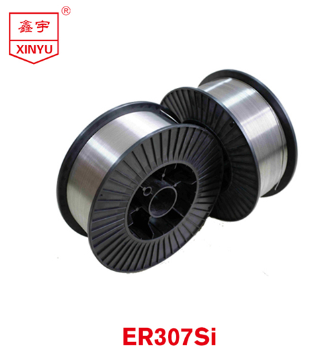
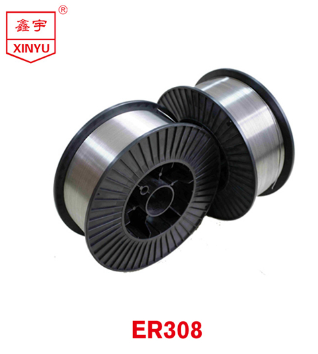

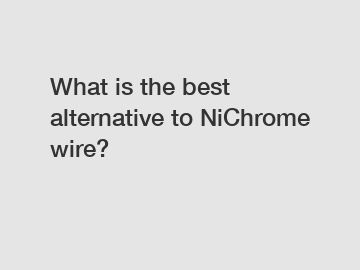
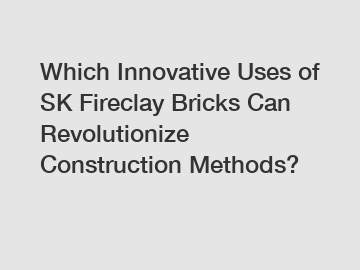

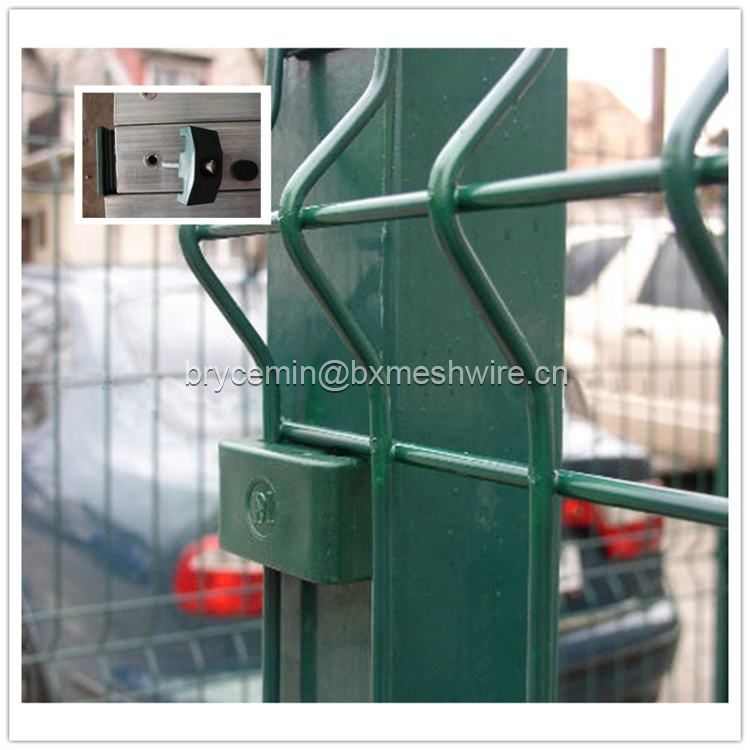


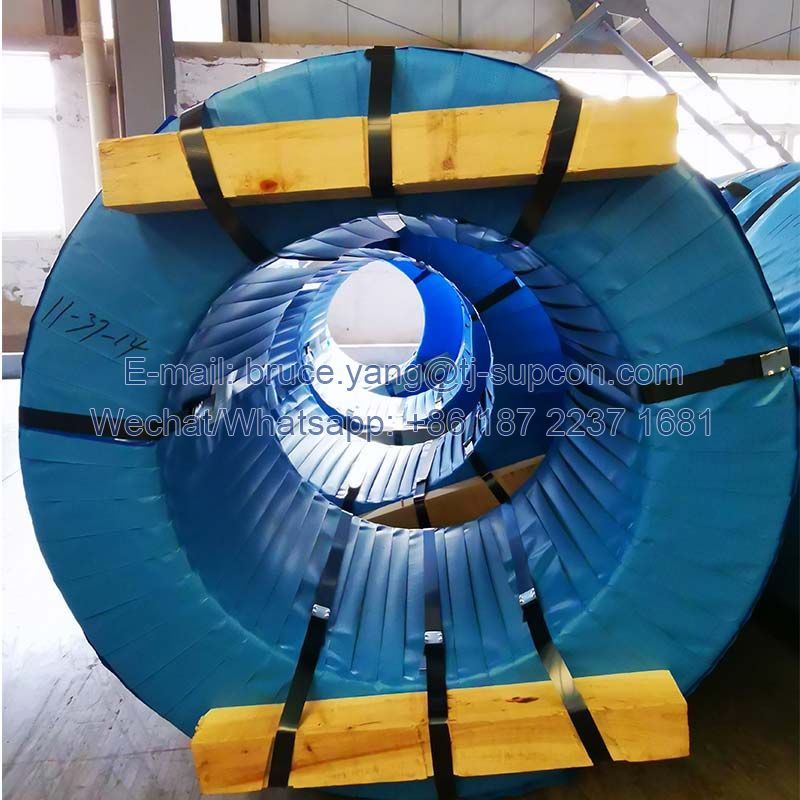
Comments
All Comments (0)